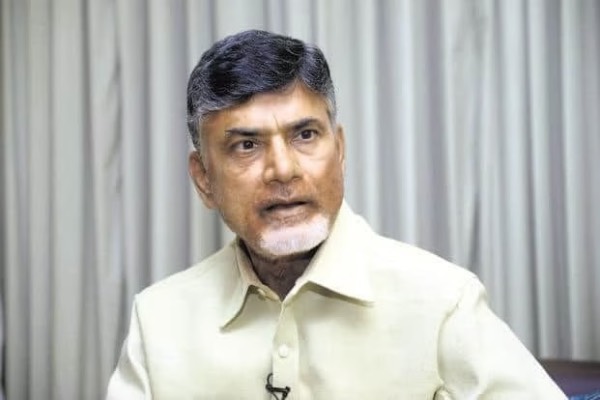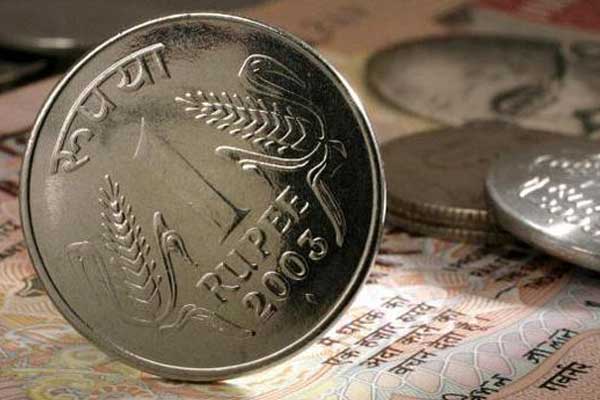The global markets have been reacting strongly to the tariffs imposed by former US President Donald Trump on countries like Canada, Mexico, and China. These actions have also had a ripple effect on India, causing significant market fluctuations and a record low for the Indian rupee.
Asian markets, including India, experienced a sharp decline following the announcement of Trump’s tariffs. In India, the Nifty futures dropped by nearly 1%, reflecting investor concerns.
The Indian rupee fell to an all-time low, crossing the 87-mark against the US dollar. This decline was driven by a combination of weak market sentiment and the strengthening of the US dollar globally.
To counter the impact of global uncertainties, the Indian government has introduced measures to stimulate domestic demand. Key initiatives include tax cuts for the middle class, aimed at increasing consumption and encouraging investment.
India is reducing import duties on certain US goods to make its manufacturing sector more competitive. This move is also intended to better integrate India into global supply chains and attract foreign investment.
The recent budget focuses on boosting domestic demand through tax cuts and increased capital expenditure. Additionally, it includes support for small and medium enterprises (SMEs) and the agricultural sector, which are crucial for India’s economic growth.
The government is rationalizing import duties to reduce the cost of primary and intermediate goods. This step aims to enhance the competitiveness of Indian manufacturers and reduce dependency on external factors.
Efforts are being made to cut red tape, especially at the state level, to improve the ease of doing business. These reforms are expected to attract more investments and foster economic growth.
The Indian government is confident in its ability to shield the economy from external shocks. Long-term growth prospects remain strong, thanks to ongoing reforms and policy measures.
While Trump’s tariffs have caused short-term challenges for India, including a weaker rupee and market volatility, the government and experts remain optimistic about the country’s long-term economic resilience. By focusing on domestic demand, reducing regulatory hurdles, and enhancing manufacturing competitiveness, India is taking proactive steps to ensure sustainable growth in the face of global uncertainties.

































